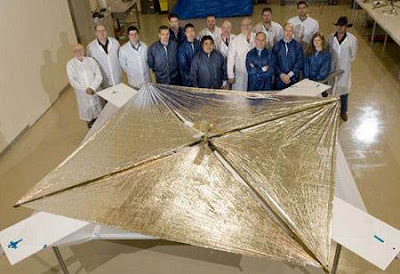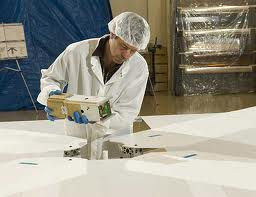 The fellows over at spaceweather.com report a big solar flare yesterday at 1738 UTC (pictured above). This may, of course, have some impact on my 20 mW QRSS signal. I put the little Da Vinci code beacon back on the air yesterday. You can try to spot my Italian shark fins swimming past Pensacola, Florida: I put a miniature version of Bill, W4HBK's QRSS grabber in the right hand column of this blog. Just look to the right and scroll down a bit. Johan's Belgian Grabber is also there.
The fellows over at spaceweather.com report a big solar flare yesterday at 1738 UTC (pictured above). This may, of course, have some impact on my 20 mW QRSS signal. I put the little Da Vinci code beacon back on the air yesterday. You can try to spot my Italian shark fins swimming past Pensacola, Florida: I put a miniature version of Bill, W4HBK's QRSS grabber in the right hand column of this blog. Just look to the right and scroll down a bit. Johan's Belgian Grabber is also there.
Re: Another vote for the LP100A
-
Yes! It's an amazing meter! I sold mine after getting Telepost's LP-700
station monitor that replaced it. I sold it only because the 100A and the
two Bird ...
4 hours ago






























